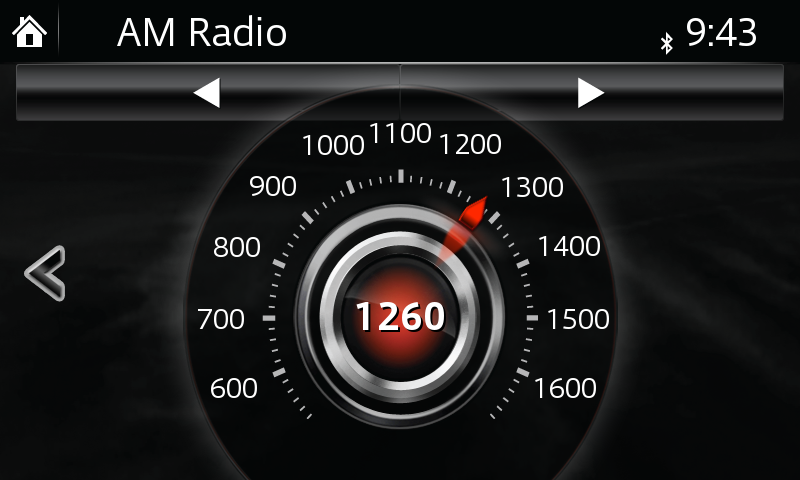
While perhaps not as entertaining as the Republican presidential debates, the ongoing head-to-head battle between radio broadcasters and the automakers over the viability of AM radio in electric vehicles rages on.
As you no doubt know, Congress is now knee-deep in the controversy as more and more Senators and House members have expressed their support for the AM Radio for Every Vehicle Act introduced this spring by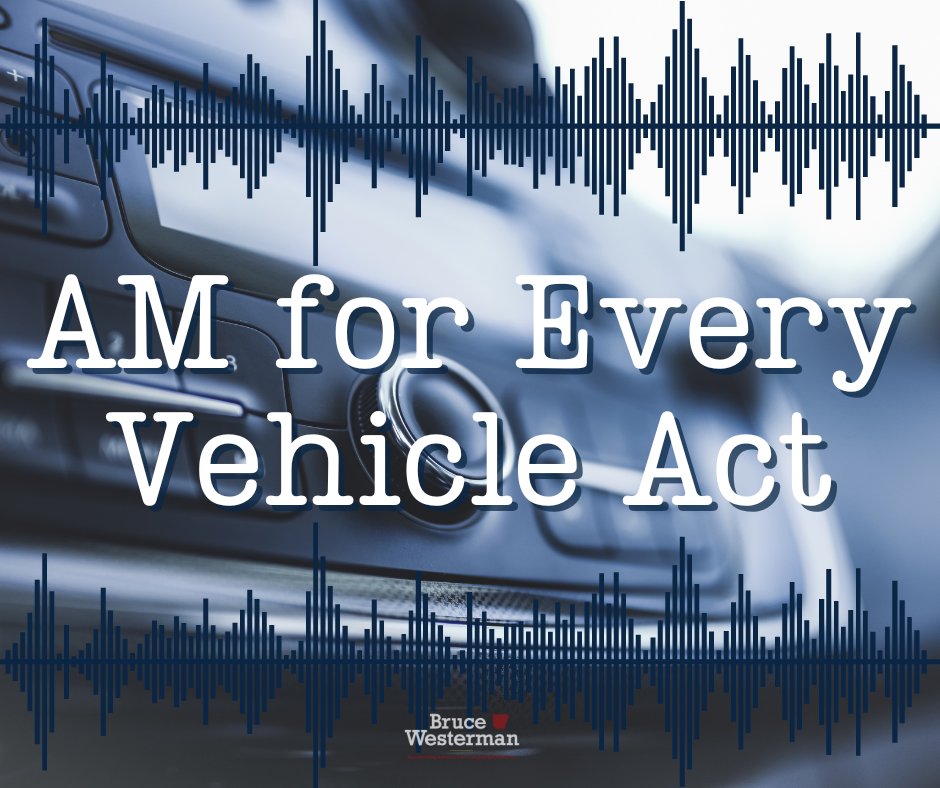 Senator Ed Markey (D-MA) and co-sponsored by Senator Ted Cruz (R-TX). Of course, our legislative branch will have to find a way to keep the government from shutting down next week. For the good of this blog, I will absolutely not write another word about the latest chapter of that ongoing mess.
Senator Ed Markey (D-MA) and co-sponsored by Senator Ted Cruz (R-TX). Of course, our legislative branch will have to find a way to keep the government from shutting down next week. For the good of this blog, I will absolutely not write another word about the latest chapter of that ongoing mess.
But the conversation about AM in cars is an interesting one. Several of you sent me versions of a recent article reporting on a new Center for Automotive Research study that has estimated what it would cost to shield, filter, and install acceptable sounding AM radio in EVs.
Jonathon Ramsey’s Autoblog from earlier this week lays out what’s at stake. Remember that some automakers claimed it wasn’t even technically possible to install AM in EVs because of electromagnetic interference (EMI). I recall having to bat that one down on numerous panels over the past few years.
In an effort to ensure there’s no static at all, Ramsey points out EMI cannot be totally eliminated by “shielded cables, component placement, and active noise cancelation” to mitigate the problem, providing a “reasonable” outcome for automakers, consumers, and broadcasters.
The problem? These measures cost money. And while many scoff at sums below $100, do the math. When you multiply that expense times a few million vehicles, the cost burden adds up quickly. Car companies make billions but no business wants to put up with unnecessary costs.
The Center for Automotive Research (CAR), a group that is always sympathetic to automakers, recently published a study that estimated the bill for AM. They claim the cost for shielding cables and filtering could be as low as $50 and as high as $70 per vehicle. These same steps to make AM radio sound better in cars also adds weight to vehicles, which likely affects the driving range an EV can travel before needing to be charged.
So according to their estimates, we’re talking about additional costs to automakers in the $3.8 billion range. And as we know, those added expenses are likely to be passed onto EV buyers themselves.
As you might expect, there’s disagreement over these estimates. The Congressional Budget Office (CBO) characterizes the per vehicle costs as “small,” adding up to mere millions – not billions – each year the bill is in effect.
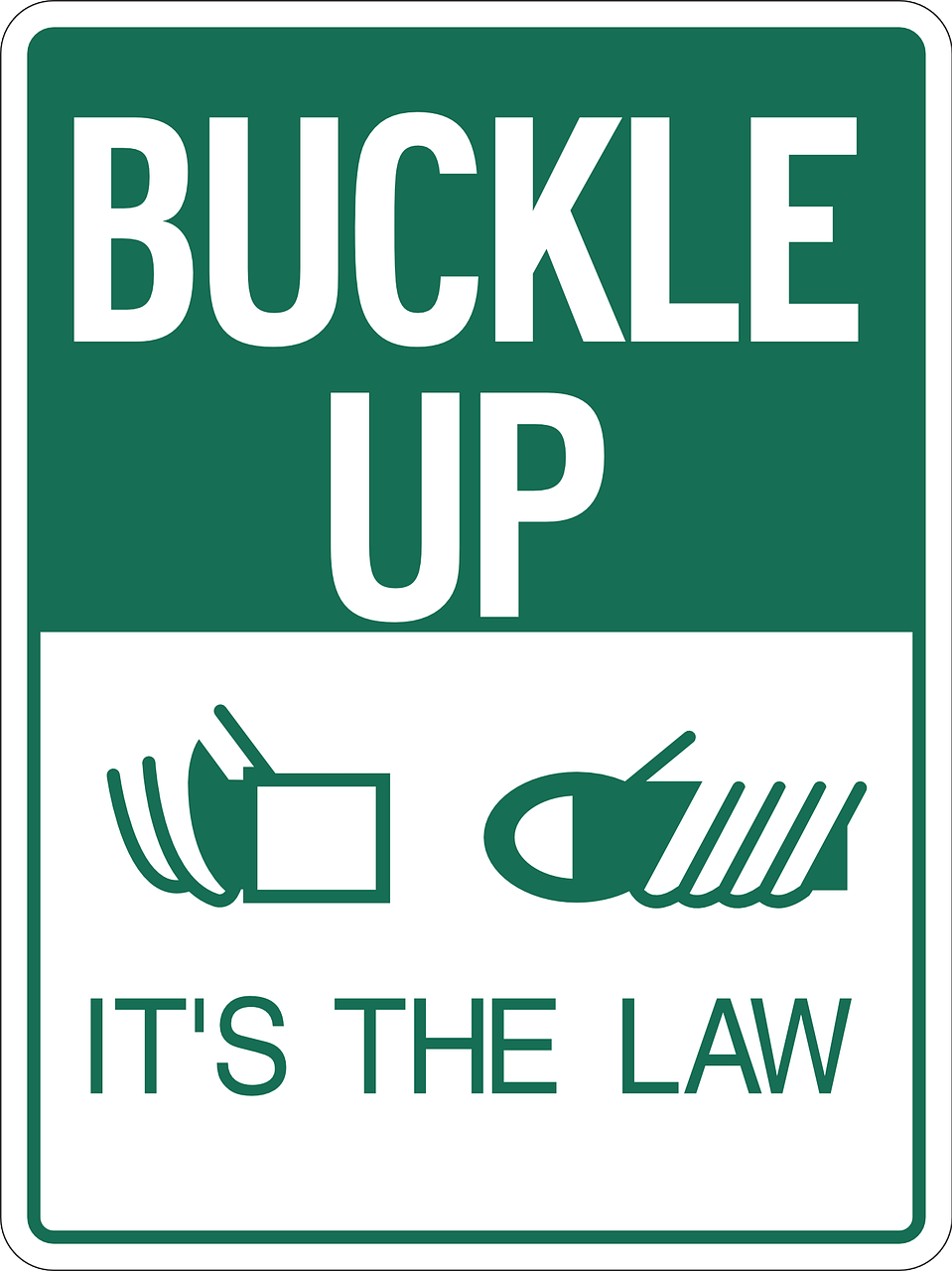 The automakers are pushing back as they always do. Their track record pretty much revolves around the notion that anything mandated that adds to the cost of stamping out a vehicle is a problem – hence, their historic fight over seat belts, and later air bags. They are nothing if not predictable.
The automakers are pushing back as they always do. Their track record pretty much revolves around the notion that anything mandated that adds to the cost of stamping out a vehicle is a problem – hence, their historic fight over seat belts, and later air bags. They are nothing if not predictable.
Add to that Ford makes the claim its data shows only 5% of listening in Internet connected cars is to AM radio. But tell that to someone in the middle of an emergency – wildfires, hurricanes, active shooters – the kind of stuff that has become a common occurrence in this country.
Car and Driver writer Brendan McAleer sums it up this way:
“Keeping AM radio in cars is, at worst, a small added expense for manufacturers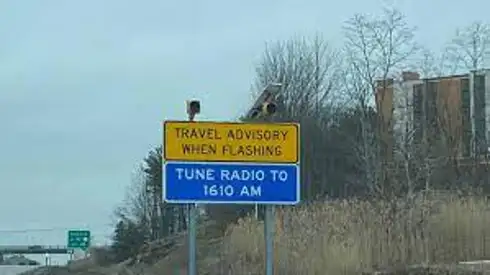 that they’ll have to pass on. But as more and more entertainment options and even features embrace the subscription model, AM radio is still free. That might be an outdated idea these days, but it’s one worth keeping around.”
that they’ll have to pass on. But as more and more entertainment options and even features embrace the subscription model, AM radio is still free. That might be an outdated idea these days, but it’s one worth keeping around.”
Todd Handy sent me a story in Jalopnik by Collin Woodard published this week. While Woodard lashes out at AM’s bevy of conservative talk hosts, he concedes the mega-profits gleaned by automakers make it easy for them to subsidize these costs associated with AM radio’s inclusion in new vehicles.
Woodard’s article racked up nearly 100 comments, proving that (AM) radio still generates emotions on both sides of the argument.
My favorite comment? This.
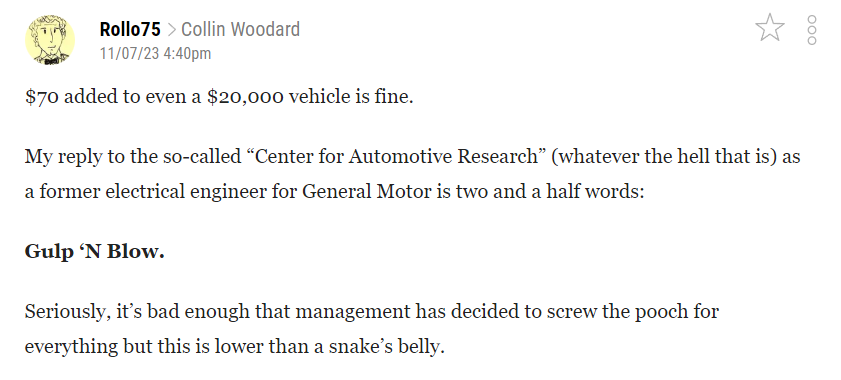
You don’t need me to tell you Congress has been largely ineffective in getting big legislation passed. If this AM bill actually makes it through this year and ends up on President Biden’s desk, it’s a victory for radio.
Note I didn’t specify “AM radio.”
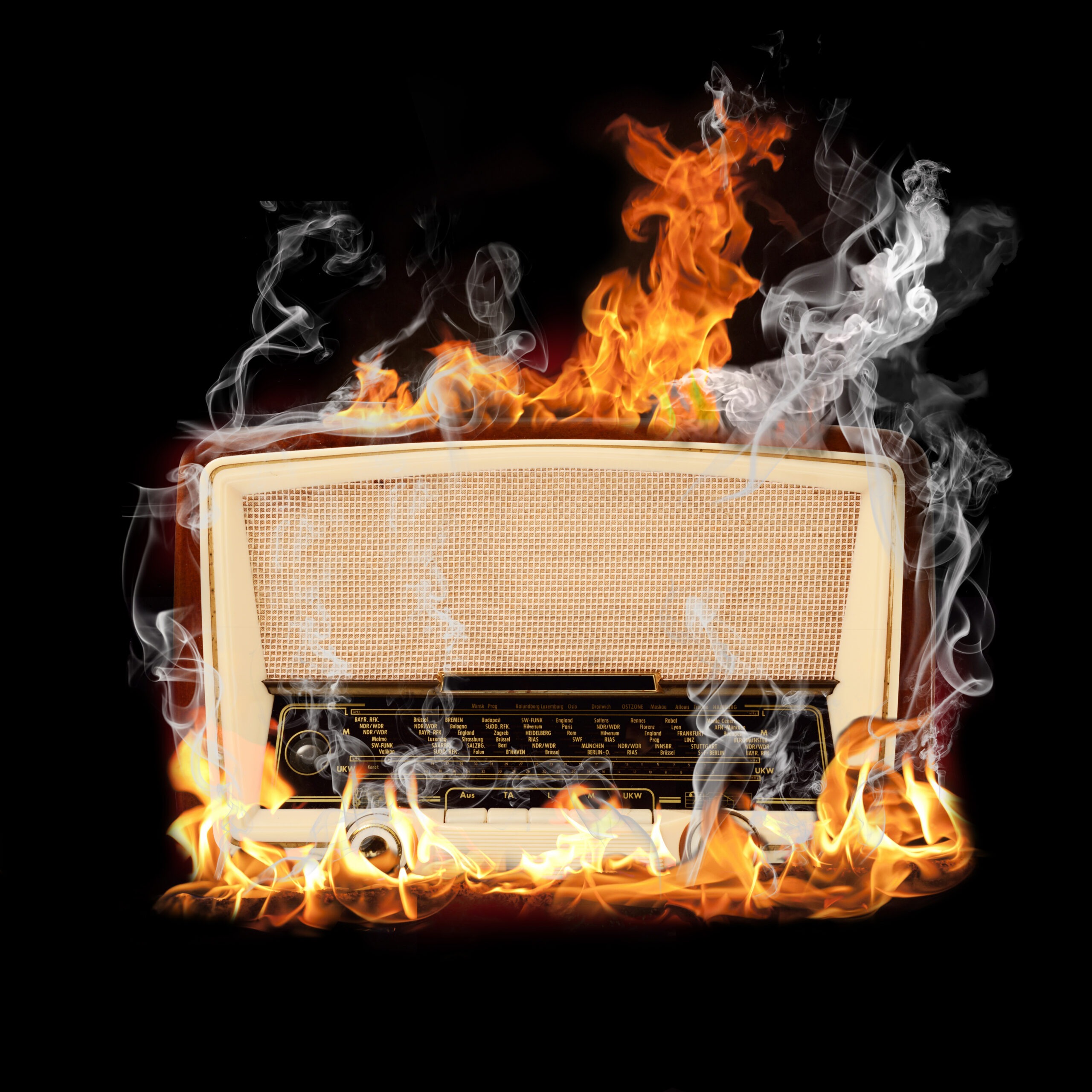 Over these last many months, it has become readily apparent to those of us who have worked to further this effort that all of radio may be in the automakers’ collective crosshairs. More and more, they have a deep desire to monetize this space. Since they started including AM radio in cars back in the 1930s, automakers have essentially subsidized broadcasters.
Over these last many months, it has become readily apparent to those of us who have worked to further this effort that all of radio may be in the automakers’ collective crosshairs. More and more, they have a deep desire to monetize this space. Since they started including AM radio in cars back in the 1930s, automakers have essentially subsidized broadcasters.
While you can argue that radio has provided an entertainment and/or information soundtrack to the drive, the fact is broadcasters rack up billions of dollars in revenue from listening in cars and trucks while the OEMs (original equipment manufacturers aka automakers) struggle to monetize their dashboards.
They are bound and determined to do so. Aside from the per-vehicle fee they collect from SiriusXM, we’ve talked about how they’re attempting to generate revenue by selling a form of subscriptions to car buyers for features like heated seats.
This FaaS – or features as a service – concept has a number of automakers salivating at the prospect of ongoing subscriber fees they’ll collect like Netflix, Spotify, and other media content platforms do with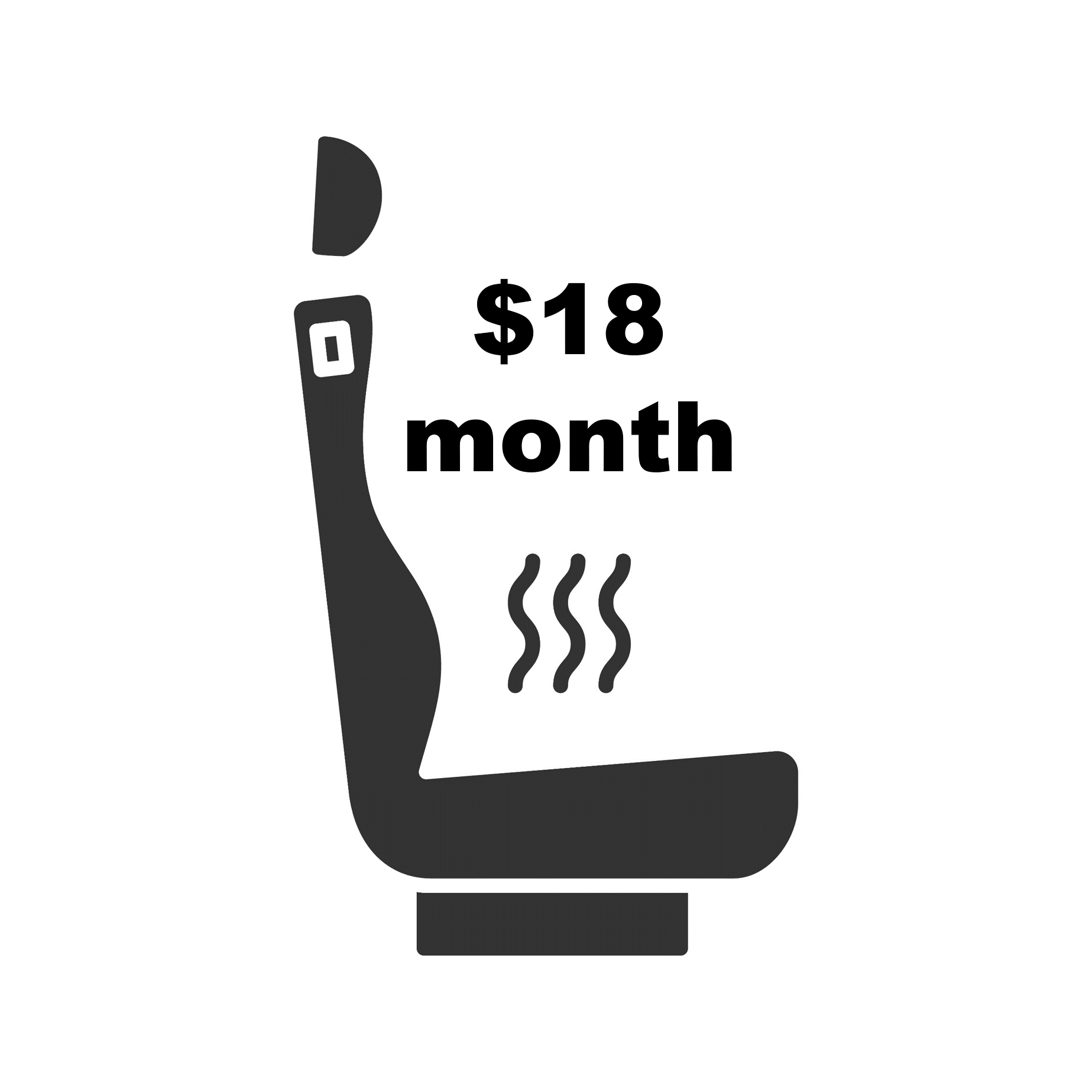 programming and content.
programming and content.
That broadcasters provide a valuable and often life-saving service during emergencies is not disputed. We learned that FEMA not only values AM radio, but that it plays a key role in their communications networks during stressful times.
The automakers have made a stand on AM radio this year, and there’s no reason why FM radio wouldn’t be in their conversations down the road. Past is prologue, and that should be the lesson learned this year.
When the going got tough, radio broadcasters uncharacteristically united in a way that has been both impressive and important. They will have to remain on this same page to preserve their place in car dashboards.
That may mean better cataloguing their good deeds – year after year, decade after decade. The millions and millions of dollars raised annually to support important charities and good causes, emergency coverage when those cell towers go down, and serving local communities like no other medium can should be part of radio’s narrative.
It will be essential to remind whoever’s in the majority in Congress that radio is more than just collections of songs, fun giveaways, sports play-by-play, and controversial talk shows.
The lessons learned in 2023 suggest broadcasters will have to stick together to make the case that radio’s presence in dashboards of the future plays an essential role in keeping Americans informed – at those times when it matters most.
In January, we will once again take tour of radio broadcasters to CES to see the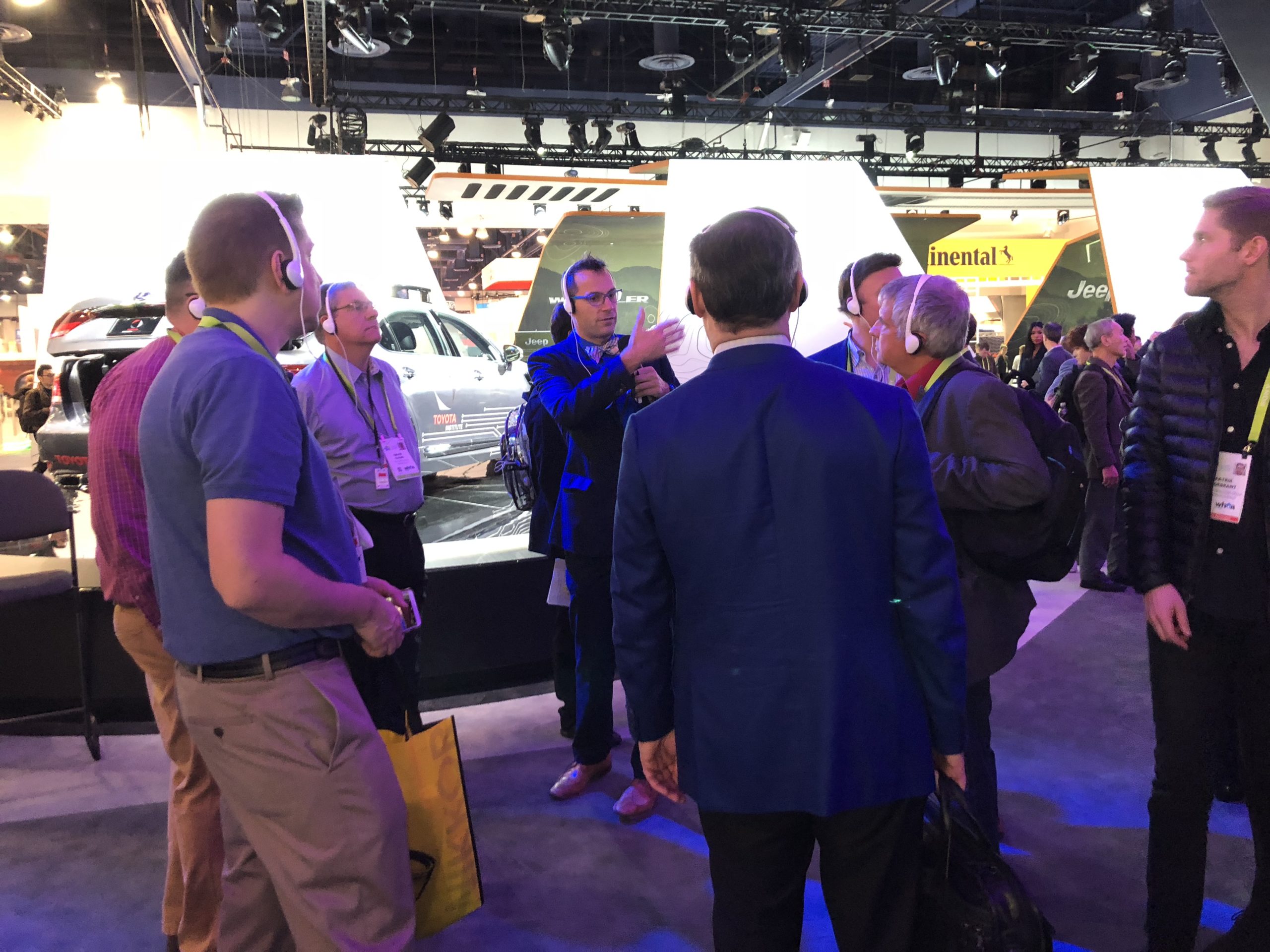 future. And as part of our journey, we will be visiting multiple automakers, showing off their latest and greatest. We will also be able to talk to leaders of these companies, and will be able to make the case for radio remaining in cars and trucks, while learning what their plans are.
future. And as part of our journey, we will be visiting multiple automakers, showing off their latest and greatest. We will also be able to talk to leaders of these companies, and will be able to make the case for radio remaining in cars and trucks, while learning what their plans are.
It will be important that radio execs not only ask auto executives the right questions, but also make clear the importance of the contributions they make to Americans all over this country.
It will be a great opportunity to respectfully, but forcefully, get in their grilles.
Join us at CES 2024 in January. Among other amazing innovations, we’ll visit with car companies to see the latest in EVs, autonomous, and other emerging technologies. Details here.
- What To Do If Your Radio Station Goes Through A Midlife Crisis - April 25, 2025
- A 2020 Lesson?It Could All Be Gone In A Flash - April 24, 2025
- How AI Can Give Radio Personalities More…PERSONALITY - April 23, 2025




This…. This. “It will be a great opportunity to respectfully, but forcefully, get in their grilles.”
Thank you for your advocacy.
Thank YOU for your contninued support and speaking out on this issue.
As you suggested, it is clear that the automakers view the AM radio in cars issue as a “first step.” This is a life or death issue for all radio broadcasters.
Thanks for reinforcing it, Bruce. This year shows what can happen when radio broadcasters pulls together.
I heartily agree that the attack on in-dash radio – AM or FM – is simply part of a money grab by automobile manufacturers who want to be able to charge for access to content in their cars. One thing that radio needs to do is MAKE SURE THAT YOUR STATIONS ACTUALLY SERVE THE PUBLIC IN TIMES OF TROUBLE. How many stations have become computers in closets that are oblivious to happenings in the world around them? Broadcasters need to have a rock-solid plan to switch to appropriate broadcasting during emergencies, or at least get out of the way. Make sure you have people on your team who are prepared to track down and broadcast relevant information during an emergency, or make a deal with other local media if necessary. Radio stations that simply continue to run merrily along on their computer or satellite feed during emergencies aren’t serving the public interest, convenience, or necessity.
Brian, I could echo your thoughts-except I’d use words that can’t be printed here. As in “The Jeffersons” theme song, everyone wants “their piece of the pie”. AM (and FM) have no right to be in every dashboard. It has to be something that people WANT. Like a sunroof or additional cup holders. Are the big broadcasters in a position to help automakers make a little extra change?
There is no substitute for service, Brian. And that means the communities and towns these stations are licensed to serve. The clock is ticking.
You are spot on. It’s all about monetizing the dashboard. GM has already stated that they plan to boot Android Auto and Apple Car Play off their dashboards in favor of their own platform. Every app you already have on your phone will require a new subscription so you can also have it in your car. Only apps that pay for the access will be available. Over the air Genuine Radio are FREE MEDIA. That doesn’t figure into the formula for them. Thanks for your help on this issue.
Appreciate it, Thom. The radio broadcasting industry will have to be smart, strategic, and agile to navigate this issue with the OEMs.
All Audio Reception is Necessary Anytime, Anywhere. Radio does that. So does Digital but it’s all about licensed messaging and quality. In times of emergency, I suspect more podcasts will be absent in reception than Real Radio. Proper Radio Frequency for Safe Communications is a MUST REQUIREMENT in all vehicles, planes, boats, and space age travel.
From your lips, Clark. Let’s hope Congess gets its act together. (WHAT AM I SAYING?)
A few days ago, Australia’s Optus had a nationwide outage…
https://radioinfo.com.au/news/optus-outage-proves-case-for-terrestrial-radio
This may be a faraway story, Eric, but it hits home. Thanks for puosting it. I’ve seen along to folks in the “save AM radio” effort.
Question: why the (choosing?) of the “favorite comment” mentioned in this article (especially one found to had been vulgar)
An additional take:
All businesses, large and small, in communities large and small, metro and rural, should be in support of AM Radio in cars as has been the working very well system for them.
AM radio in cars will be the most efficient and most economical and most relevant and localized advertising they will ever do.
Because if you think the car companies will stop at just charging the CAR CUSTOMERS, to install and rent entertainment and news on THEIR platform system, then its logical to suppose they will be going into the business of advertising sales on those car company platforms to reach those car customers. And the car companies advertising rates to BUSINESSES will skyrocket higher than a kite, while they will also cut their regular tv and radio advertising budgets by cutting their car advertising down to include only their in car platforms.
You can then scratch the American system of broadcasting!
And many businesses, who won’t be able to afford car companies inflated advertising rates.
This will not be good for all businesses, large and small, large metro audiences or small rural audiences.
Just look at Facebook, Google, and most other forms of digital advertising trying to muscle their way into the audio and video advertising business (with mostly inferior products and non-existent service, I might add).
This will not be good for business commerce in America.
Tony, good points about AM as an ad vehicle – an affordable one in the midst of what’s being called an “ad recession.” AM broadcasters have an opportunity to super-serve small, local hometown businesses. But it’s not an easy lift.